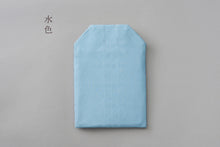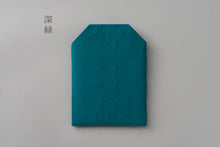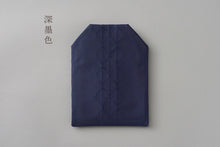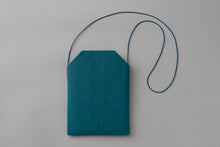
This weaving method has a history spanning over 4,000 years, with its origins traced back to the royal tombs of ancient Egypt. Its introduction to Japan dates back to the Asuka period, and for centuries, it remained one of the most revered and exquisite weaving methods, particularly renowned in the Nishijin textile industry of Kyoto.
Kiyohara Orimono, initially established in Kyoto during the Muromachi era (1336-1573), is widely known for its production of Omura textile and Japanese-style tapestry weaving. The company's commitment to preserving time-honored techniques and traditional looms persisted even after its relocation to Shiga.

The Tsuzure-ori technique is renowned for crafting durable and enduring textiles, often reserved for celebratory occasions and life's significant milestones, including ceremonial kimonos, obi belts, and interior decoration pieces such as theatrical curtains, tapestries, and festival ornamental textiles. Sufuto products honor this tradition while introducing innovative designs tailored for special moments in our daily lives.
Bags Inspired by Japanese Traditional Talismans
Pouches are crafted in the shape of traditional Japanese talismans, reflecting a practice that dates back to the Heian period (794-1185), when people commonly wore amulet bags to protect against bad luck and invite good fortune.These pouches are designed for everyday use, offering a secure space for your valuable items such as passports and mobile phones.

The opening features a magnet, allowing it to be easily opened and closed with just one hand.

The Sufuto Lucky Bag has an internal pocket and can also function as a shoulder bag by securing the included braided cord.

Whether you're shopping, walking, or traveling, this bag is here to safeguard your everyday moments.
Size
160×220×25mm
Materials
100% silk exterior, Rayon interior
















